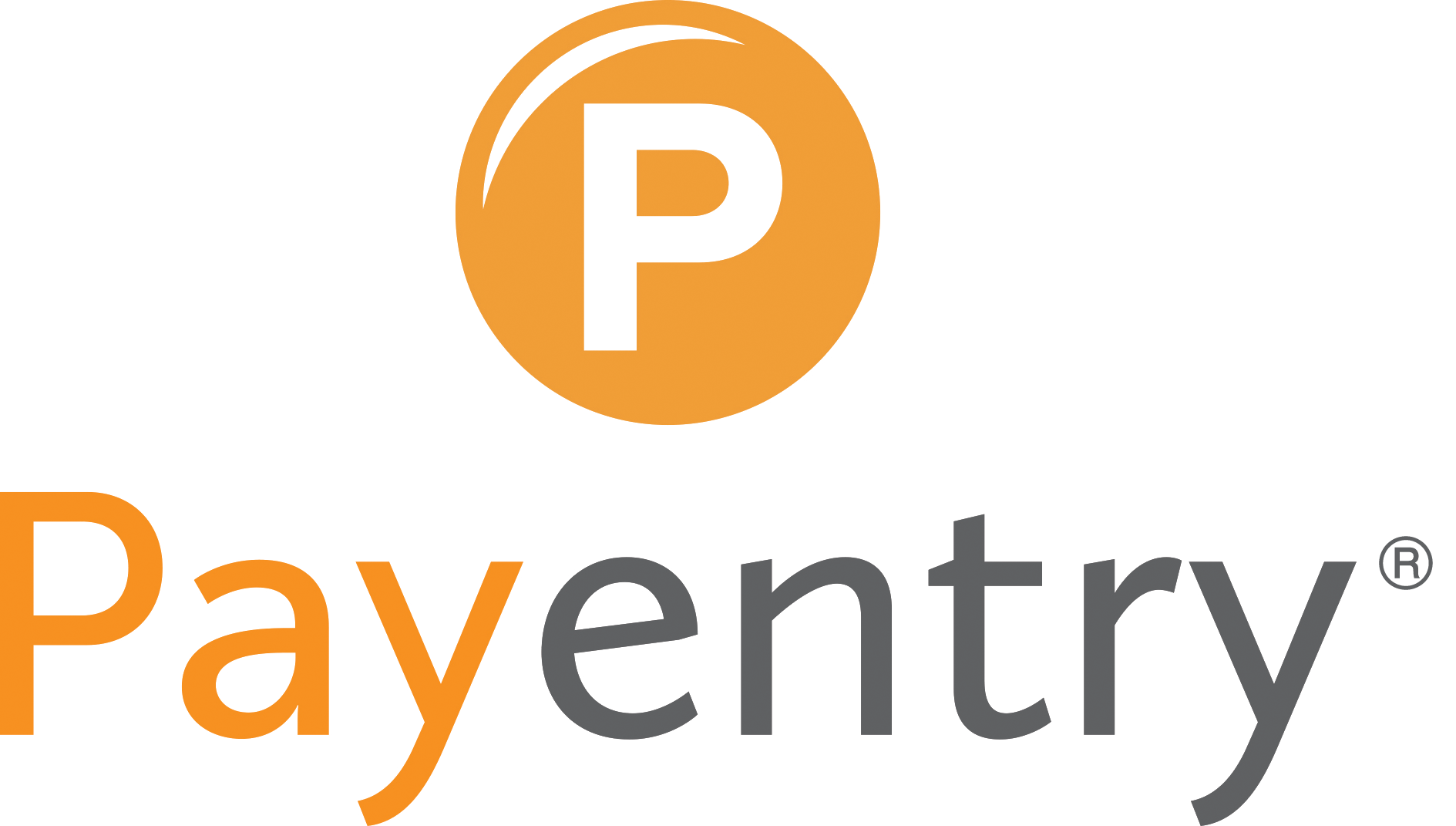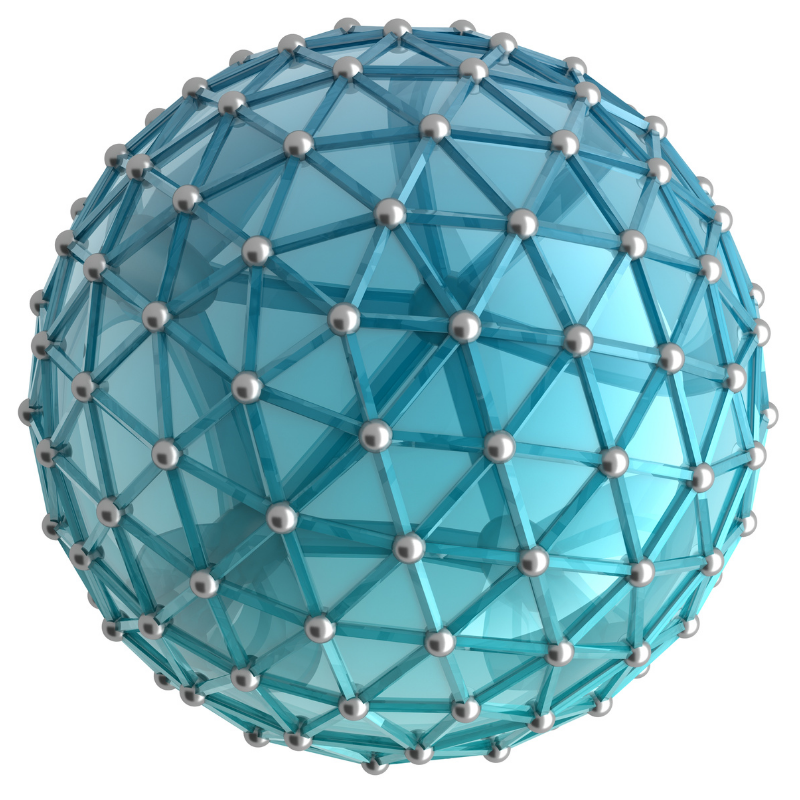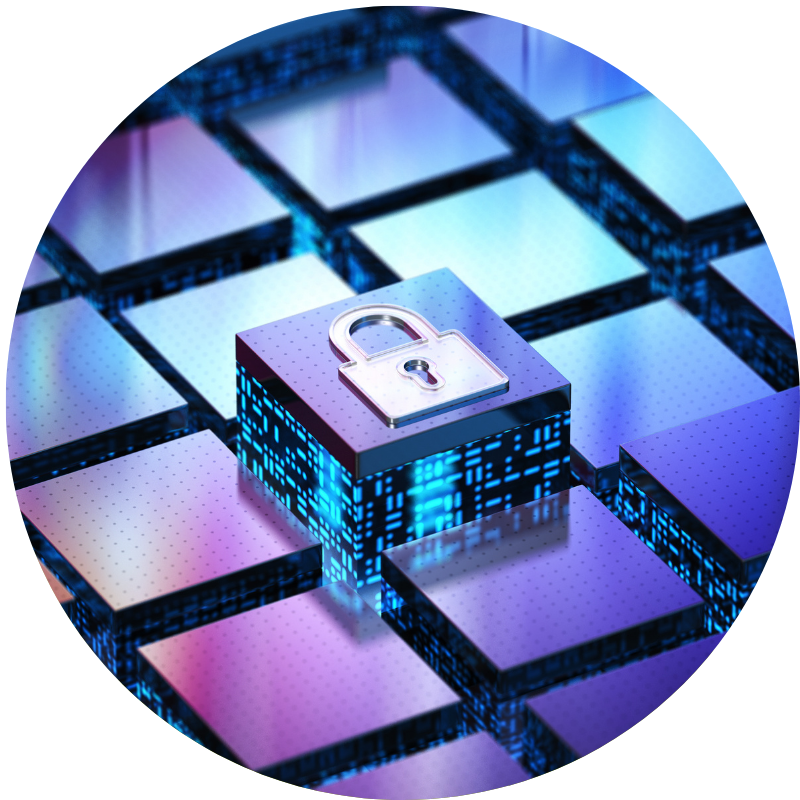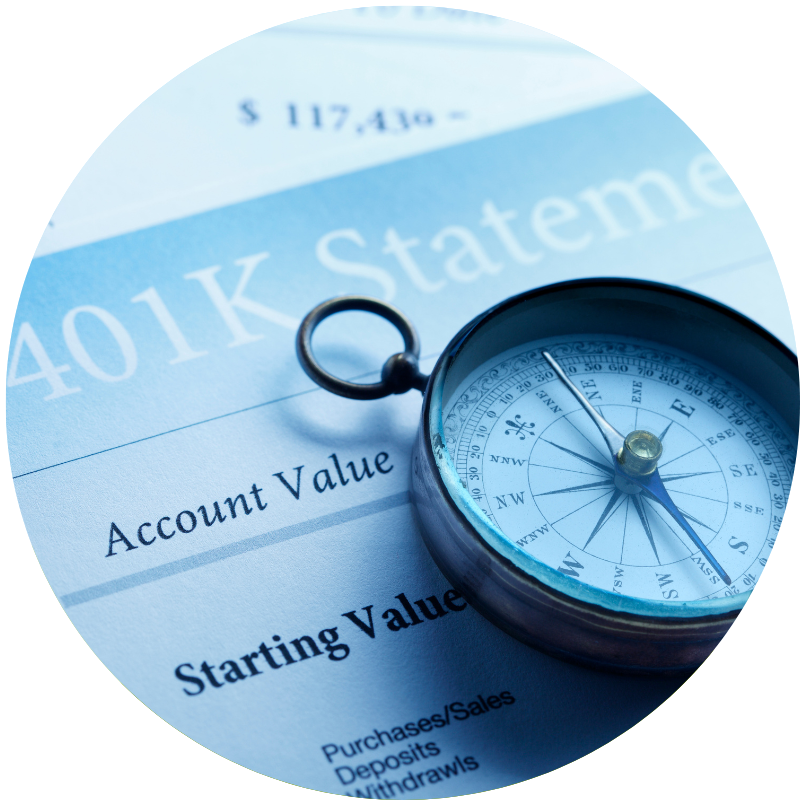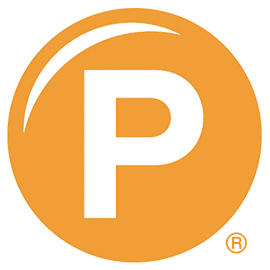These quick, insightful reads get to the point.
Whether it’s industry insights, expert tips, company culture highlights or just a little inspiration to brighten your workday, our approach keeps things fresh, relevant and easy to enjoy.
Employees play a vital role in protecting sensitive payroll information, ensuring financial data remains secure from cyber threats and fraud.
These tax-advantaged accounts help employees save for medical expenses while offering employers valuable payroll and tax advantages.
Companies that prioritize their workforce’s professional and personal development experience higher engagement, productivity, and retention rates.
Payro is a trusted financial partner that offers short-term funding solutions to help businesses meet their payroll obligations on time.
Remote work has transformed the way we approach our professional lives, offering greater flexibility and an improved work-life balance.
Hiring the right employees is one of the most crucial factors in building a successful business.
As the end of the tax year draws near, businesses must focus on finalizing their payroll processes to ensure smooth and accurate tax filings.
Payroll data is one of the most sensitive types of information a company handles, containing employees’ personal details, bank account numbers, and social security information.
In today’s competitive job market, attracting and retaining top talent goes beyond offering a competitive salary.
For Bookkeeping, Accounting, and CPA firms looking to grow their revenue streams and provide additional value to their clients, white-labeling payroll services is a powerful strategy.
